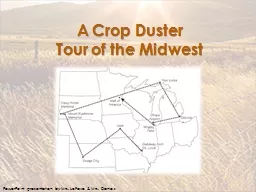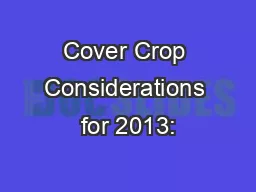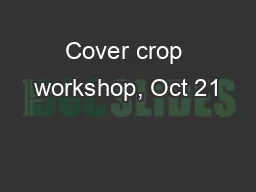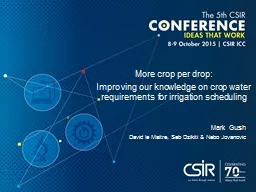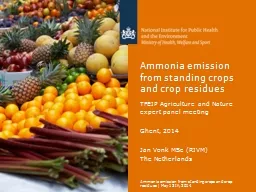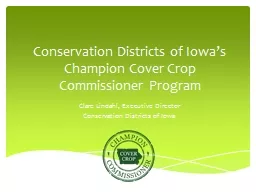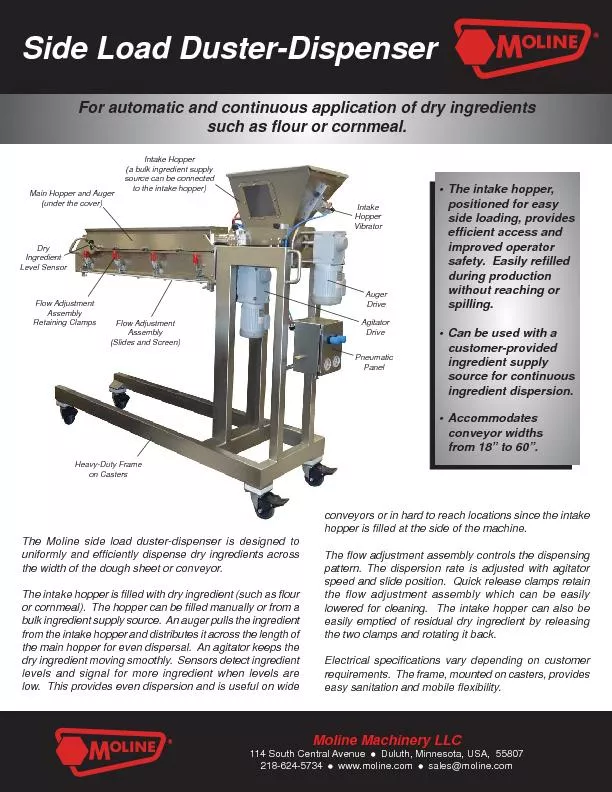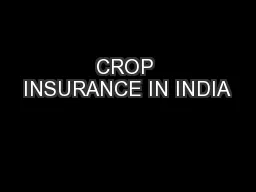PPT-A Crop Duster
Author : marina-yarberry | Published Date : 2016-03-30
Tour of the Midwest PowerPoint presentation by Mrs LeFave amp Mrs Daniels Midwest Region Tour Stop 1 St Louis Missouri Gateway to the West Stop 2 The Farm State
Presentation Embed Code
Download Presentation
Download Presentation The PPT/PDF document "A Crop Duster" is the property of its rightful owner. Permission is granted to download and print the materials on this website for personal, non-commercial use only, and to display it on your personal computer provided you do not modify the materials and that you retain all copyright notices contained in the materials. By downloading content from our website, you accept the terms of this agreement.
A Crop Duster: Transcript
Download Rules Of Document
"A Crop Duster"The content belongs to its owner. You may download and print it for personal use, without modification, and keep all copyright notices. By downloading, you agree to these terms.
Related Documents

